ZeroCO2Glas: Development of a novel hydrogen-fired glass melting furnace with the aim of a CO2-neutral container glass production
Federal Ministry for Economic Affairs and Climate Action (BMWK), 1 January 2022 to 31 December 2024
Project description
The overall goal of the ZeroCO2Glas project is to develop a revolutionary glass melting process in connection with a new type of glass melting tank in an all-encompassing approach, with which container glass can be melted in a CO2-neutral manner and with significant energy savings. The duration of the project is three years and it is funded by the BMWK. The following project partners are involved in the research project:
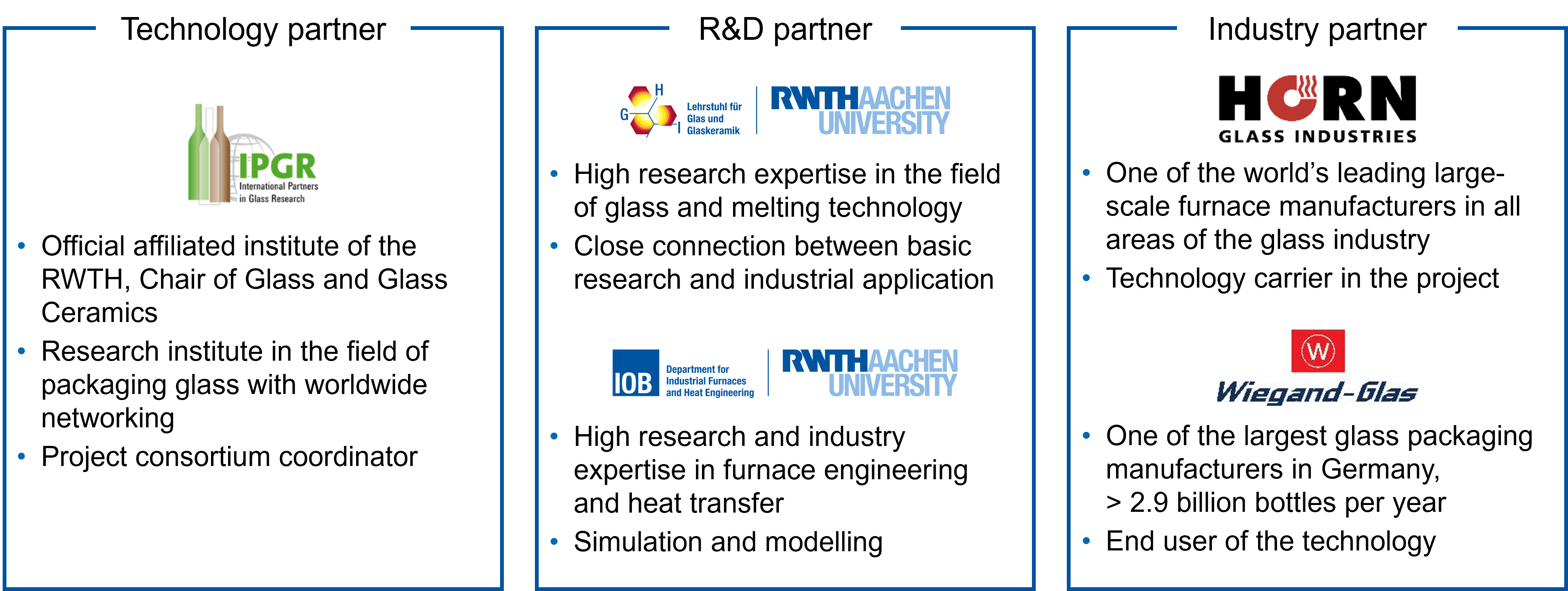
Overview of the project consortium
In order to achieve the climate targets, massive emission reductions must also be realised in the energy-intensive glass industry. The project focuses on the container glass industry, which accounts for the largest share of glass production in Germany at just over 50%. Depending on the type of glass and the production process, up to 85% of the energy required in the manufacturing process is needed for the melting process: here, the mixture of and waste glass cullet must be heated to a temperature of 1450 °C to 1650 °C and converted into glass. The glass furnaces are usually fired with natural gas. In large melting tanks, this is mainly done by natural gas-fired burners. In addition, the furnaces can be equipped with an electric auxiliary heater: In this case, up to 20% of the melting power is introduced by electrodes that usually protrude vertically into the molten glass (see illustration).
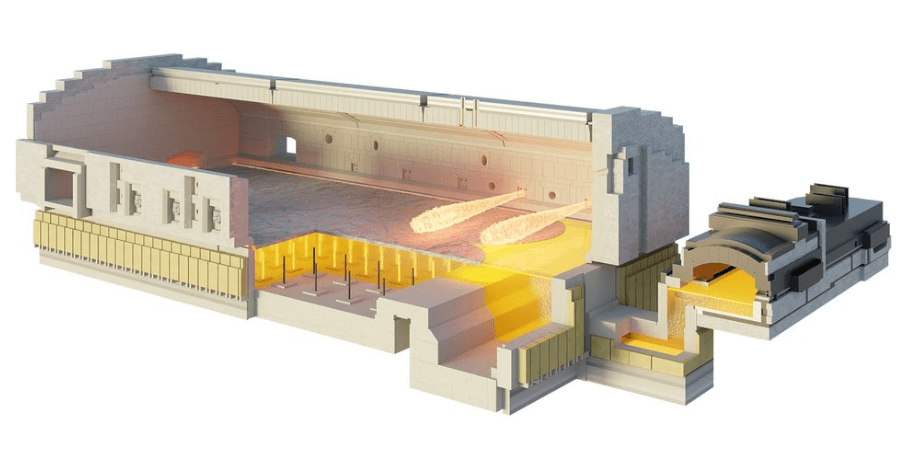
Cross fired hybrid melting furnace [Horn]
Within the scope of the project, a new, innovative melting technology is to be developed and tested. The new glass melting tank should require 15% less energy than conventional melting furnaces. This is achieved by using an alternative, carbonate-free batch with a lower melting enthalpy to avoid raw material-related CO2 emissions. On the other hand, the energy requirement is reduced due to the dispensable moistening of the feedstock and reduction of the residence time. The energy-related CO2 emissions are also to be eliminated by switching to hydrogen-oxyfuel combustion.
At the Department for Industrial Furnaces and Heat Engineering (IOB), experimental investigations and numerical simulations of the combustion space in the upper furnace and of the glass melt flow in the lower furnace are being carried out as part of the project. The aim of work packages 4 and 5 is to build an accurate simulation model and to investigate the influences of further parameters in order to finally develop a best-case scenario for the pilot furnace.
For the CFD simulation of the combustion, established models are therefore first checked for their applicability to hydrogen-oxyfuel combustion by means of validation on a burner test bench and adapted if necessary. This is followed by the simulation of the pilot tank. After successful validation measurements at the pilot plant, the CFD model is then used to investigate the influences of further parameters such as the burner inclination angle or the power distribution on the melting process and energy efficiency.
The influences of the increased proportion of electrical melting power and of the submerged feeder on the flow within the glass melt will be investigated both physically and numerically. For this purpose, a physical acrylic glass model of the pilot tank is first designed using the similarity theory. In this model, the flow of a model fluid similar to the glass melt is investigated using particle image velocimetry (PIV). Furthermore, a CFD model of the acrylic glass test rig is built and validated with the experimental results. The findings from the physical and numerical simulation of the model fluid are then incorporated into the CFD simulation of the glass melt. The second numerical model maps the pilot tank’s sub-furnace and enables the flow investigation within the glass melt: Among other things, the influence of the submerged feeder compared to the conventional batch feeder on the melt pool is determined, but also the power distribution of the electrodes is optimised with regard to improved thermally induced flow control.
Source of the thumbnail
[Horn]
Project goals
The overall objective of the project is to operate a miniaturised prototype of the innovative glass melting furnace with a melting capacity of 2.4 t/day, with which high-quality container glass can be produced despite the various adaptations. The various sub-goals, some of which are independent of each other, are listed below:
- Operation of the pilot furnace with hydrogen oxyfuel combustion at the same efficiency and consistent glass quality
- Highly flexible operation of the glass melting tank with variation of the energy distribution between electricity and gas firing in the range 80–20% / 20–80%
- Adaptation of the forming parameters for the changed glass composition
- Development and test operation of a submerged feeder for energy saving and dust prevention
- Validation of simulations of hydrogen combustion on the burner test bench as well as on the pilot tank and subsequent extended parameter study to optimise combustion in the pilot tank
- Validation of simulations of the flow in the glass melt using a physical model and subsequent parameter study to optimise the flow guidance in the pilot tank with regard to charging position and type as well as the distribution of the heating power and type
Project participants
Contact
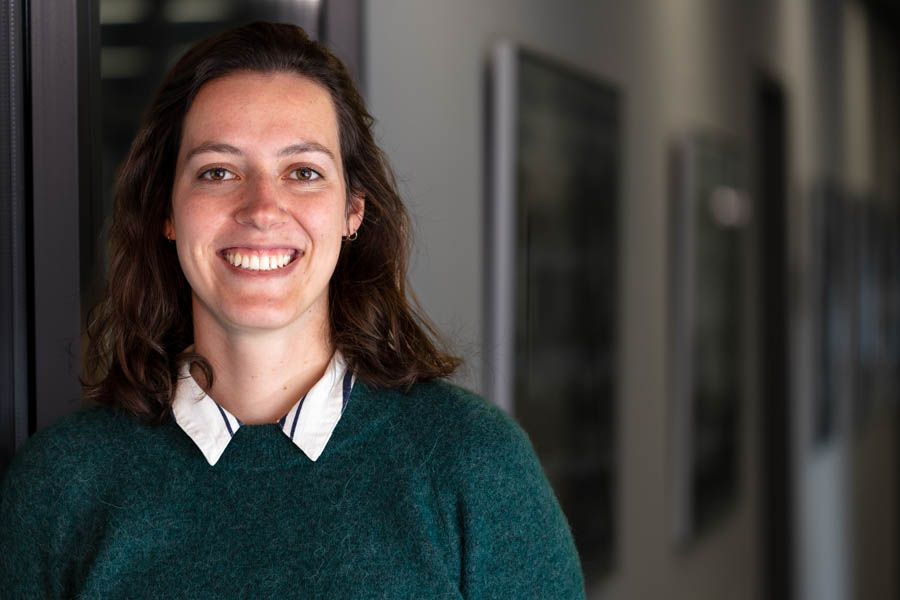
Franziska Ott, M.Sc.
+49 241 80–26073
Combustion and burner technologies
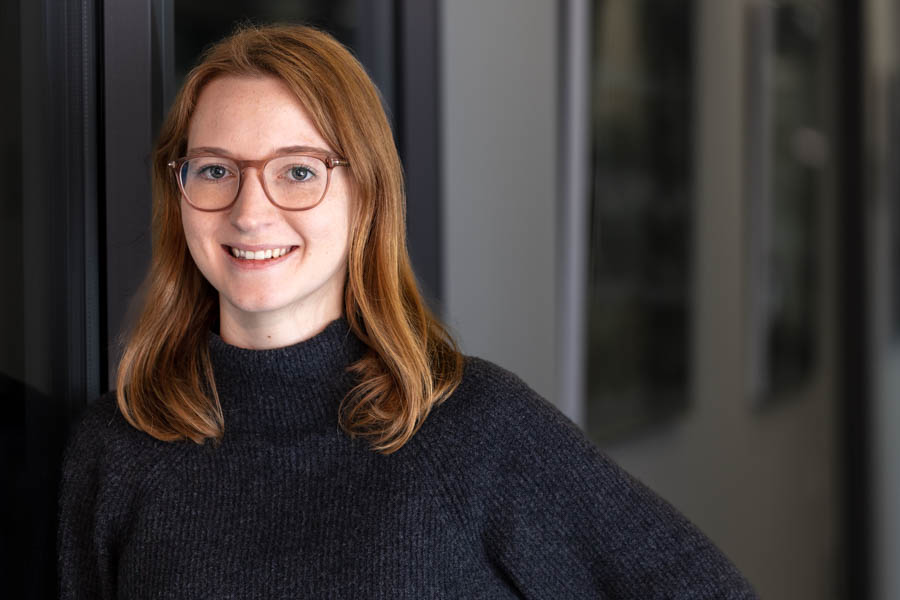
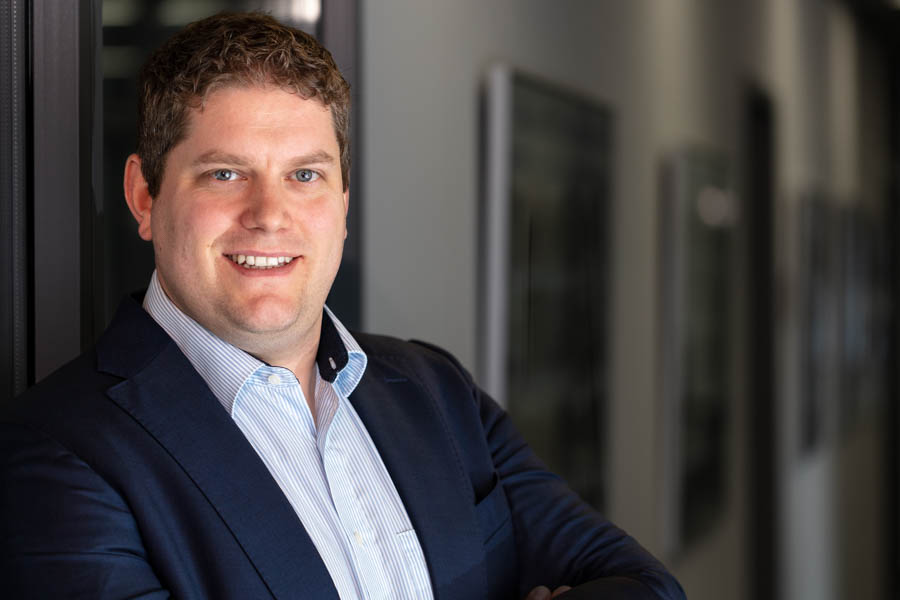
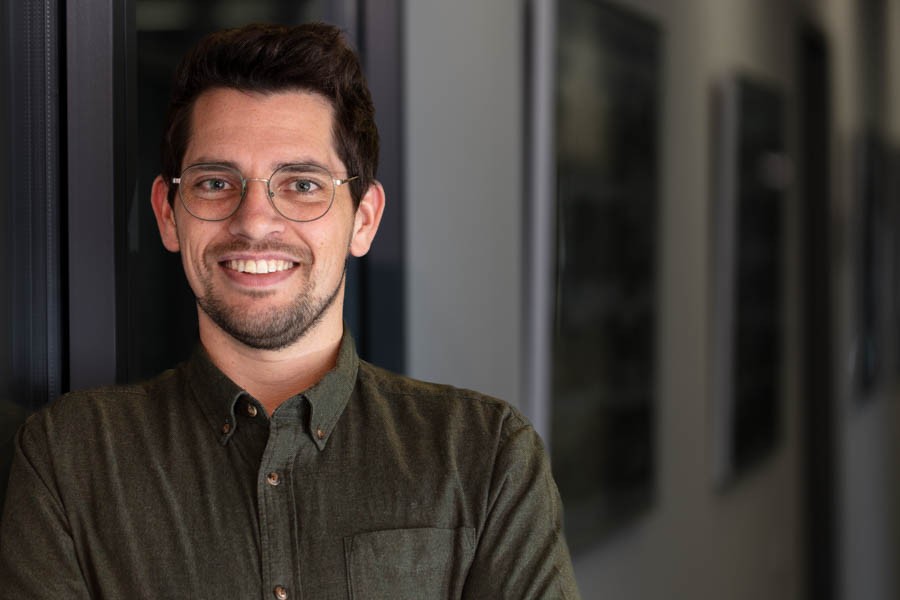
Dr.-Ing. Nico Schmitz
+49 241 80–26064
Combustion and burner technologies
Funding
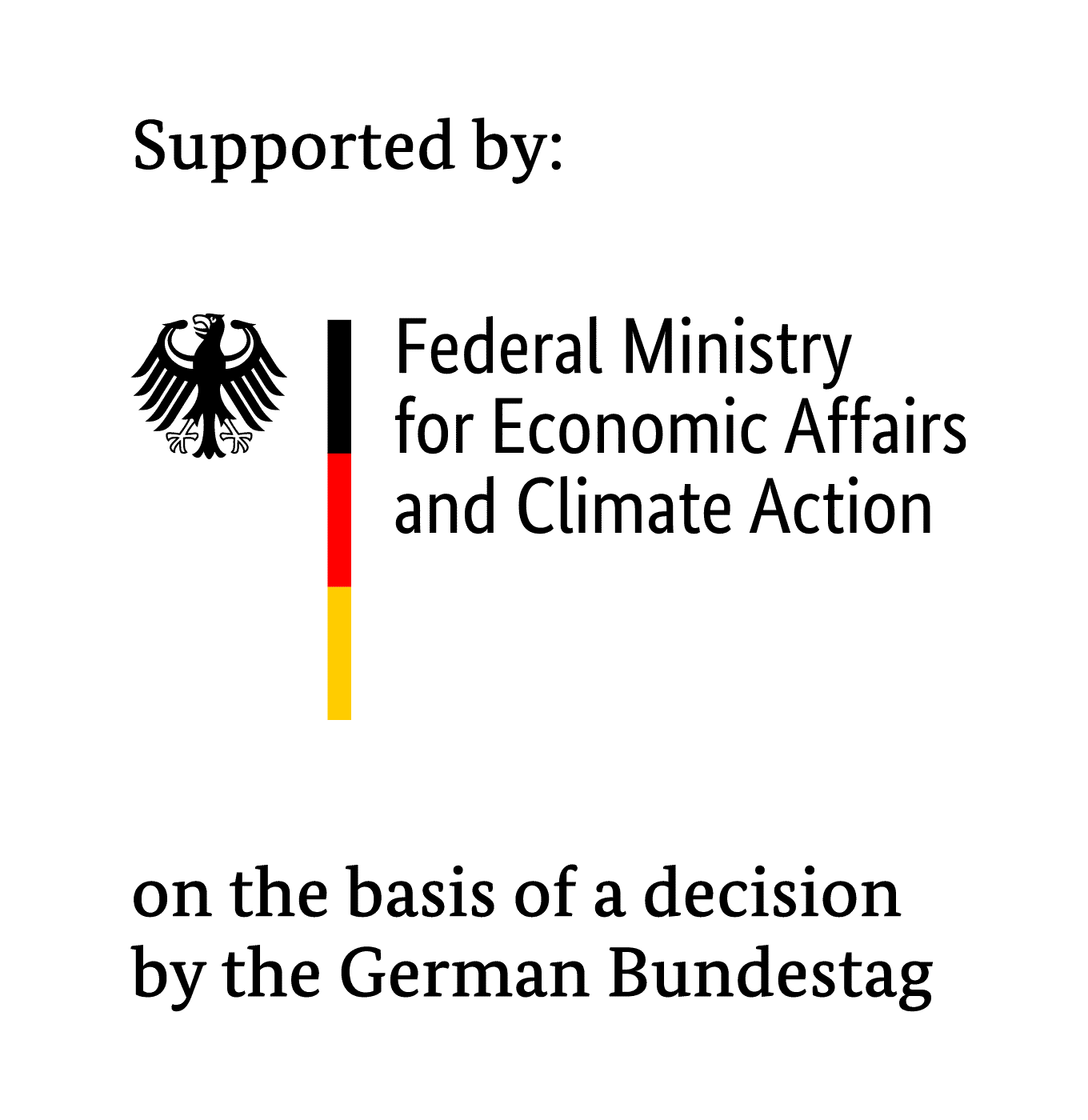
This project is funded by the Federal Ministry of Economics and Climate Action (BMWK) under the funding code 03EN2075B.
Funding is provided within the framework of the 7th Energy Research Programme of the Federal Government.